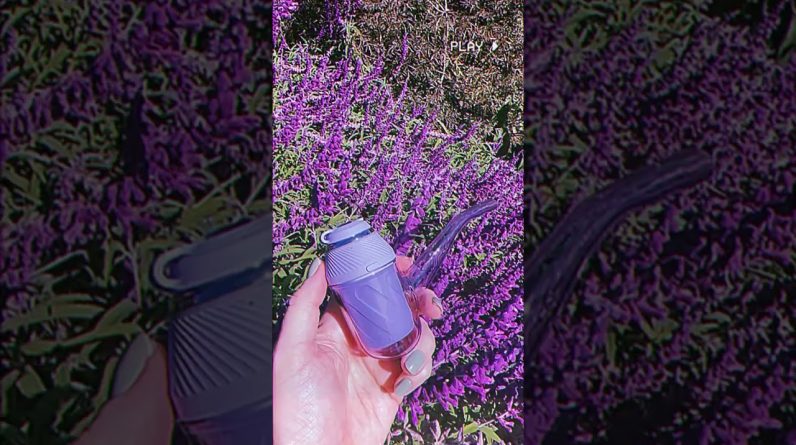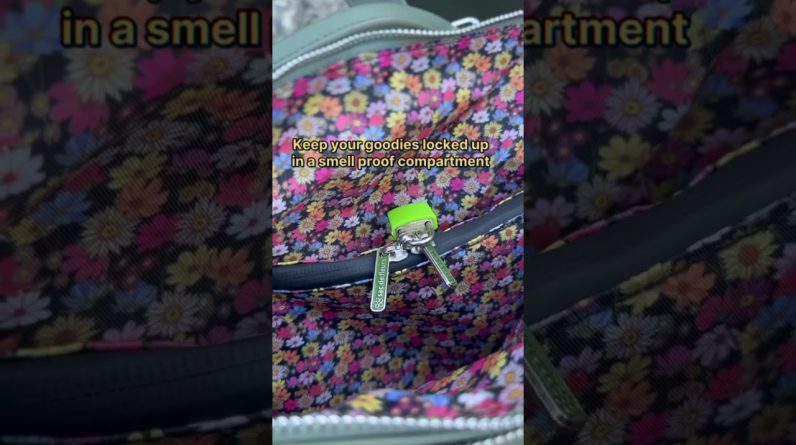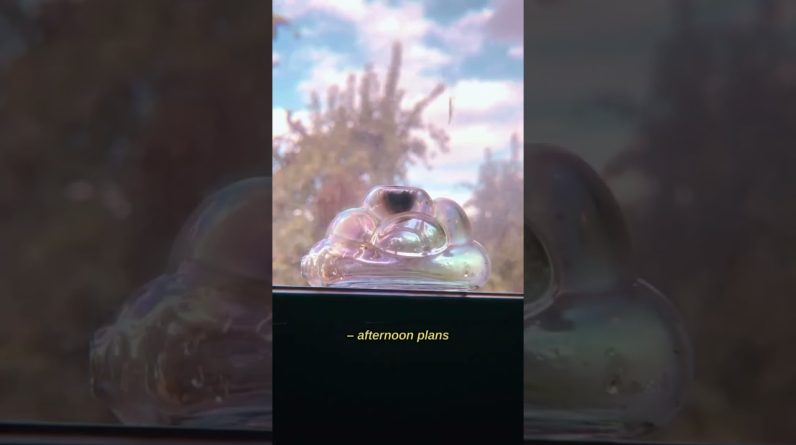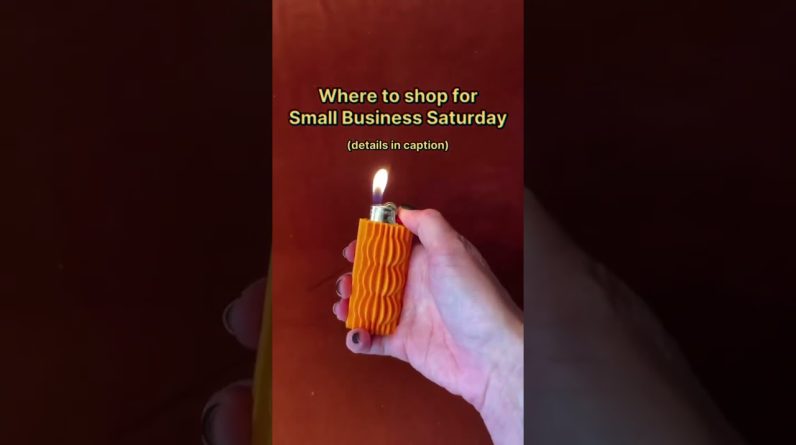By Gregory Daurer
Michael R. Aldrich has planted the seeds of many great ideas. A longtime teacher and historian to America’s cannabis movement Aldrich presented the first conference dedicated to legalizing marijuana. He was instrumental in organizing 1972’s California Marijuana Initiative and 1996’s Proposition 215. Aldrich gave Jack Herer a packet of hemp rolling papers in the early ’70s and explained hemp’s industrial uses to him. A decade later, he edited an early edition of Herer’s The Emperor Wears No Clothes. He resides in San Francisco with his wife, Michelle.
HT: What led you from Rapid City, South Dakota to studying philosophy at Princeton in the early 1960s?
Michael Aldrich: A full scholarship. I was a debater in high school. In the Midwest, debate is sort of the national sport for boys with glasses. A special breed, you understand. I had traveled a lot during high school to debate tournaments and extemporaneous speaking and oratory events. I still have my “I Speak for Democracy” award. And I’m still speaking for democracy, damn it! It’s just the rest of the country, the government, that’s gotten too far behind on democracy. “Freedom Is the Issue,” that was our motto for the ’72 marijuana initiative in California.
What do you recall about your first marijuana experience?
I started smoking in 1963, because of a lovely woman named Betty who was going to the University of Wisconsin at Madison, who I remember as sort of a Beat chick. She wore all black and danced like a snake, and I dearly loved her. She handed me my first joint in Harvard Yard on the evening of August 6. It changed my entire life. I was at Harvard summer school taking a graduate-school class in English and studying poetry with Desmond O’Grady.
In what ways did you have your eyes opened?
I think that marijuana’s greatest gift to humanity is the gift of appreciation. I think the ability to just open your eyes and appreciate things: to actually be able to look at something, actually be able to hear something, and ignore a lot of the static, and the noise, and the interpretation, and the newspaper values, and the television imagery and all this stuff that the information overload pours on our heads every day. If you can just ignore all of the rainfall and start hearing the individual drops, I think that’s kind of what marijuana does for your senses. It allows you to hear things that you don’t pay attention to, and to see things that you might just kind of casually pass over. And to see that there is a world in a grain of sand, to use the famous Blake line.
As a graduate student in English at SUNY-Buffalo in 1967 you founded a chapter of the marijuana-law-reform group LeMar—other chapters having been started earlier by poets Allen Ginsberg, Ed Sanders and John Sinclair. What was that experience like?
Buffalo was a very square steel town. So when I came out in favor of legalized marijuana, I cut my hair, I put on a necktie and I was very, very straight. I’ll never forget the wonderful, first sentence that appeared about me in the Buffalo Evening News: “Amidst a sea of beards and long hair, young clean-shaven graduate student Michael R. Aldrich today became Buffalo’s King of Pot.” This caused an immediate uproar in uptight Buffalo.
I think what inspired me was not just imitating what my poetic friends were doing, but that I’d spent a year in India in 1965 as a Fulbright tutor in English. I had tried marijuana a couple of times in the United States but doing it was unusual: It was not in the mainstream, it was a very “beatnik” thing. In India, quite the opposite: Drinking alcohol was considered quite outré. From the Indian point of view, marijuana had been commonly used at weddings, funerals, special occasions and tea parties—in little butter cookies and vanilla-cardamom milkshakes called bhang. And it was just a casual thing that had been used for thousands of years.
And that for me was a real eye-opener. It was my first ethnographic experience of a culture that was based on marijuana rather than alcohol. My opinion then, and it still is, is that the legalization of marijuana would be a real helpful thing for American society. As a culture, it would help take us off our speed and alcohol addictions.
I was so moved by my experience in India that when I came back, I not only founded the first college chapter of LeMar, but I also wrote my doctoral dissertation on cannabis myths and folklore. It was one of the first Ph.D.s in marijuana ever awarded and earned me the nickname “Doctor Dope.”
Later you moved to California to help run Amorphia.
Amorphia was the name of our company that marketed hemp rolling papers for the first time in the United States in over 30 years. It was started in 1969 by Blair Newman, who has since died. Blair deserves to be remembered for the outrageous idea he had: Why don’t we make products out of hemp and sell them to finance the marijuana-legalization movement? And then once marijuana was legalized as a result of that, you pour all the money from cultivating and selling marijuana into other social change. It’s a brilliant concept.
He invited me out to California when I graduated from SUNY-Buffalo in 1970 to help set up this company. He set up the business end, and I ran the political end of it. We marketed four different kinds of “Acapulco Gold” rolling papers. That was the first time hemp products had been marketed in the United States since the 1930s. It took us almost a year to find out who we could order hemp from, and it took another year before the Spanish cigarette paper manufacturer could set up their machinery in such a way that they could ship us the product with our label on It. It took a specialty labeling machine that they had to build for us.
How much did Amorphia raise through the sale of rolling papers?
Oh, probably $200,000. In 1972 that was hard money, not inflation dollars. It was almost all the money the California Marijuana Initiative (CMI) raised for organizational expenses. It was Proposition 19 on the November 1972 ballot, the same ballot George McGovern was running on against Richard Nixon. It made the ballot due to 20,000 volunteers who subsisted on no money. We didn’t have any money for salaries. We poured all the money we could raise into manufacturing T-shirts, posters, signs, buttons, which we could resell again and raise more money. It was the first time that marijuana had ever been offered for a popular vote anywhere in the world.
You’ve written that you considered the 33% of the vote garnered by CMI—which would have allowed personal possession and cultivation of marijuana—a “victory.” Why do you say that?
Oh, absolutely a victory! I was flabbergasted by that percentage of the vote. What it meant was for the first time in history people actually had to look at marijuana supporters as a voting bloc, as an honest-to-God political constituency. And that made all the difference In the world. That’s what caused California state Senator George Moscone, this was before he was mayor of San Francisco, to introduce a bill into the California legislature and caused state Senate hearings on the subject of marijuana decriminalization.
And at those hearings I was in charge for Senator Moscone of doing a fiscal analysis on how much the enforcement of marijuana laws was costing us in California. And the answer amazingly was $100 million a year. Really! That information itself was astonishing to the legislators. They had no idea California law enforcement was spending $100 million a year putting a few thousand people In jail for marijuana.
That’s when it was a felony offense, of course, and even possession of the smallest amount—two seeds in your purse—and it was all over.
Back in June of 1971, you also testified in San Francisco before the National Commission on Marihuana and Drug Abuse, which eventually recommended to President Nixon that marijuana be decriminalized.
I gave an impromptu speech on why we needed legalization and it went on much longer than they wanted to hear. But the audience wouldn’t let them stop me. So I talked for about fifteen minutes and I ended up with the sentence that was our motto for Amorphia: “What we want is free, legal, backyard marijuana!” Which was a sentence that had been invented by Ponderosa Pine, one of the original founders of the Yippies.
The whole audience went up in flames: They stomped, they clapped, they stood up, they cheered! The chairman of the commission, Raymond Shafer, a former governor of Pennsylvania, was up front gaveling the group down. He said, “Doctor Aldrich! Why did you bring your cheering section?” I said, “I don’t know any of these people! I just moved here.”
How do you feel now that California passed Proposition 215—allowing the medical use of marijuana—in 1996?
We were very pleased and delighted. And the reason that we were excited Is that it’s not a stalking horse for legalization—but because of patients’ rights. Patients have the right now under state law, regardless of what the federal government says, to grow their own pot or to obtain pot some way for medical uses. I regard that as very important. It was not a hoax campaign.
I was hoping that President Clinton would lighten up a bit and allow something that had been democratically approved by the majority of the people of California—even using this as a research experiment in finding out whether or not marijuana has real medical value, by doing longitudinal studies with large populations in California, where it’s now legal to do so.
But instead of doing that, Clinton still abides by this 1930s “Reefer Madness” mentality: “I never inhaled, therefore no one else gets to inhale even if they’re sick and dying.” Which is really the height of political stupidity for a political leader. I have one message for Bill Clinton: Pay attention to the people, Bill. That’s who elected you, and that’s who you should listen to, instead of the stupid Republican politicians.
What spurred you to become involved in AIDS education?
At the end of 1986 my wife Michelle and I had a very dear friend named Dennis Deal. Dennis was a gay man, and he was made homeless when Mayor Dianne Feinstein closed down a large gay hotel South of Market in San Francisco and made about 25 or 30 gay men homeless in order to turn that hotel into a homeless hotel. That made no sense at all. Dennis called us up and asked if he could stay at our place until he found an apartment. He was in dire straits at that point: He had just been told that week that he had HIV. We invited him over. He spent four months with us, dying in our living room—then in our bedroom. It was horrendous. I think we were one of the first heterosexual couples in San Francisco to have AIDS in our house, a person dying in our bedroom.
By January of 1987 Dennis was gone, and I vowed to do something to prevent the spread of this deadly disease. A terrible, ugly disease. And the very worst thing about AIDS is it strikes at our ability to live on this planet. It strikes at the human species. And by that I mean the immune system is the only defense we have against all of the elements on this planet that can kill us, whether they’re diseases or injuries or anything else from which the body can naturally recover.
What are you doing currently?
I work with the Institute for Community Health Outreach, which provides statewide AIDS training programs and local AIDS prevention services. We have one of the best outreach services in the United States, and we teach people how to do outreach in all communities at high risk for HIV.
What I do there is put together training seminars for Community Health Outreach Workers (CHOWs). I think that’s going to be a real important career in the early 21st century. In these days of “mismanaged care,” the best community response I can think of is to have CHOWs who are willing to take medical and social services to people in their own homes and communities and neighborhoods.
Another longstanding position of yours has been as curator of the Fitz Hugh Ludlow Memorial Library.
After Amorphia folded in 1973 I was looking around for something to do. My friends Michael and Cindy Horowitz [Winona Ryder’s parents], Bob and Kay Barker, and a rarebook dealer in Los Angeles, Bill Dailey, had already started the Ludlow Library in 1969 or 1970. It was named after Fitz Hugh Ludlow, who was the author of The Hasheesh Eater, written in 1857. In terms of writing from personal experience about a psychedelic experience, Fitz Hugh Ludlow’s book was the very first in the whole world. That’s why they named the library after him.
What’s in the collection?
We have a 1741 poem to hemp by Baruffaldi; in the back of that is a grower’s manual. We have a 1788 letter from the Viceroy of Mexico commanding the mission at Monterey to plant the first hemp crops in California. We have first editions of Thomas DeQuincey’s classic Confessions of an Opium Eater, Baudelaire, Ludlow, Bayard Taylor and all kinds of early authors about drugs. And everything Timothy Leary wrote is in the library; in fact, Leary left his own personal archives with the library when he escaped from the country in 1970. We have somewhere around 15,000 books. That ranges from extremely rare first-edition books of the 18th, 19th and early 20th centuries to the sleaziest little pulp paperbacks.
So I became the curator of the Ludlow Library and I still am. It’s the world’s largest private collection of drug books, literature, posters, paraphernalia, ephemera and artifacts. It’s a wonderful collection, and it’s too bad we’ve had to put it into storage since 1981. What I’d like to do is interest Bill Gates or somebody like that in putting the entire Ludlow Library into computer form.
How do you view your place in marijuana history?
I regard myself as an archivist, a rememberer. I’m kind of the living historian of the marijuana movement in the United States.
I remember everything. I know that marijuana sometimes interferes with short-term memory in the sense that you can’t remember the start of a sentence or the start of your thought. But at the same time I earnestly believe that marijuana has a long-term memory gain. Which is somehow almost a Jungian archetype-type memory. I believe that marijuana allows us to tap into something deep in our genetic makeup that is something like a human memory system. I suppose that Freud might have called it the subconscious. A species-wide subconsciousness.
You’ve studied the history of psychoactive substances, yet you also prognosticate on future drugs. What’s coming in the decades ahead?
I think the drugs of the 21st century are going to make crack look like child’s play. They’re going to be so powerful and so abusable and so desirable, because they’ll be targeted for a specific intent. By that I mean you’re going to have drugs, for example, that are performance enhancers. Drugs that will allow you to stay up for 30 hours at top efficiency—that’s a military drug right there. There will be drugs that allow you to sleep for five days if you need to do that—or maybe for five years in cryo-storage for space travel. There will be drugs that will reduce the paranoia of living in constricted, confined, overpopulated environments, such as spaceships. There will be drugs related to improving memory. There will be drugs to allow you to forget traumatic events. Aphrodisiacs and anaphrodisiacs. Drugs to improve your ability to compose music. There will be creativity enhancers.
If we try to continue the prohibitionist policies of the late 20th century—especially as they apply to 19th-century drugs, we’re going to be totally lost in the 21st century. Because the technology, the chemistry, the pharmacology, the neurology and the genetic information is going to bypass the rate at which politicians can prohibit things. It’s just that simple. There are drugs on the street right now that politicians don’t even know about—and I shouldn’t say more than that. But it will be an entirely new world of drugs very soon.
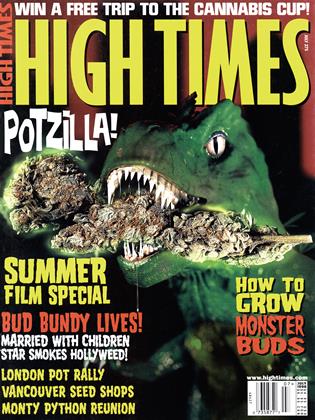
Read the full issue here.
The post From the Archives: Michael R. Aldrich (1998) appeared first on High Times.
Source: https://cannabisworld.biz/2022/08/28/from-the-archives-michael-r-aldrich-1998/
